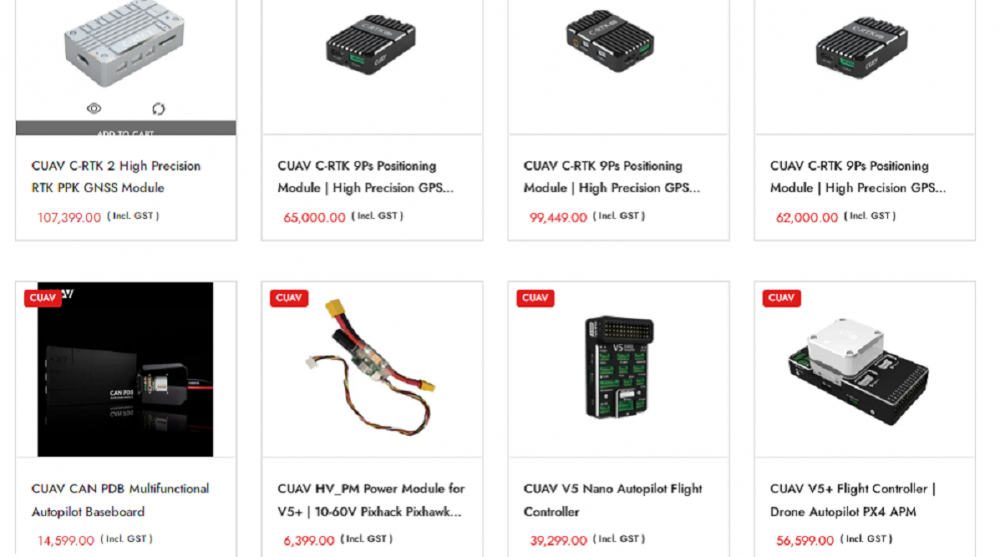Installing and configuring a drone flight controller is one of the most critical steps in constructing or upgrading a UAV. The flight controller acts because the “mind” of the drone, coping with stability, orientation, navigation and reaction to person input. Whether you’re assembling a drone from scratch or changing an current controller, proper installation guarantees solid and safe flight performance. This guide outlines the important thing steps to correctly mount, cord and configure your drone’s manage machine for most appropriate effects.
Step 1: Gather All Required Components and Tools
Before beginning set up, ensure that you have the flight controller, strength distribution board (if vital), ESCs (Electronic Speed Controllers), GPS module (if supported), radio receiver, body, motors and propellers. Tools which include a soldering iron, screwdrivers, warmness decrease tubes, and double-sided vibration-dampening tape may also be needed. Having all components in place prevents interruptions and helps keep a easy workflow.
Step 2: Choose a Proper Mounting Location
The drone flight controller must be established at the middle of the drone’s frame, each horizontally and vertically, to appropriately measure balance and orientation. Use anti-vibration foam or dampening mounts to reduce mechanical vibrations coming from the vehicles and propellers. This is especially crucial due to the fact vibration can interfere with the accelerometer and gyroscope readings, inflicting volatile flight.
Place the controller so that the arrow marking (normally published on top) points towards the front of the drone. This ensures that the internal orientation axes of the controller align effectively with the drone’s movement.
Step 3: Wiring the Components
Start by way of connecting the ESC sign wires to the distinctive motor output pins on the controller. Follow the controller’s wiring diagram to keep away from incorrect connections. Next, join the radio receiver, which can be paired via PWM, PPM, SBUS or serial protocols relying on the model. Attach the GPS and compass module to the exact ports if your controller helps self sustaining flight or navigation.
The electricity supply to the controller need to be solid, commonly coming from both a regulated BEC output on the ESC or from a committed electricity module. Ensure voltage compatibility, commonly 5V for maximum devices.
Step 4: Configuring the Software
Once stressed, join the controller to a pc the use of the supplied USB cable and launch the corresponding configuration software program (e.G., Mission Planner, Betaflight Configurator or producer-particular tools). Install important drivers if precipitated.
Perform the following configuration steps:
1. Firmware Update
Ensure the controller is running the brand new firmware version for progressed performance and balance.
2. Accelerometer and Gyroscope Calibration
Place your drone on flat ground and follow the onscreen prompts to calibrate the internal sensors properly.
3. Compass Calibration
For those using a GPS/compass module you will rotate in the same manner as the onscreen prompts.
4. Radio Control Configuration
Binding your transmitter to your receiver and configuring the channel mapping is essential for the channels to operate your throttle, yaw, pitch, and roll.
5. ESC and Motor Calibration
NOAA recommends calibrating the ESC to get the throttle output to be the same in each motor.
Step 5: Propellers
Propellers should only be added after configuration and after ensuring the motors are spinning in the appropriate direction. The propellers are designated clockwise and counterclockwise. If the CW propeller is place on a CCW motor the quad will flip inversely upon takeoff.
Step 6: First Flight Testing (and adjustments)
The initial test flight should take place in an open, clear area. You will want to hover and test stability at a low altitude as you await another round of flight testing.
Make PID controller adjustments, gain adjustments, or other changes in the flight control system as necessary to improve stability and responsiveness. Fine-tuning is part of the setup and you may find yourself doing multiple test flights as you make and adjust this last step.
